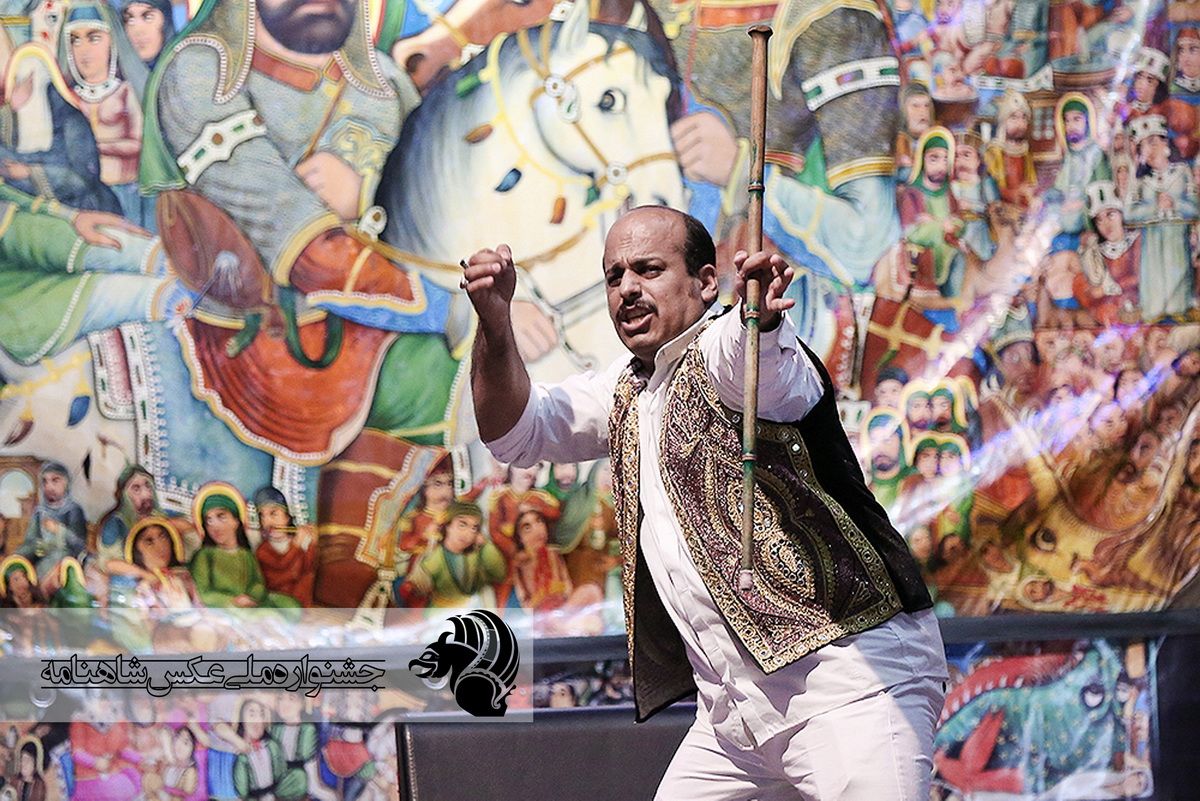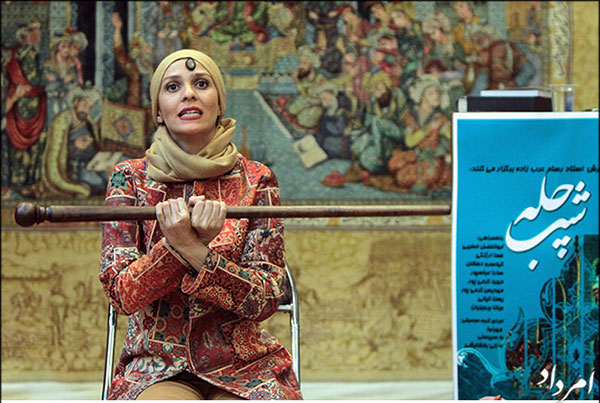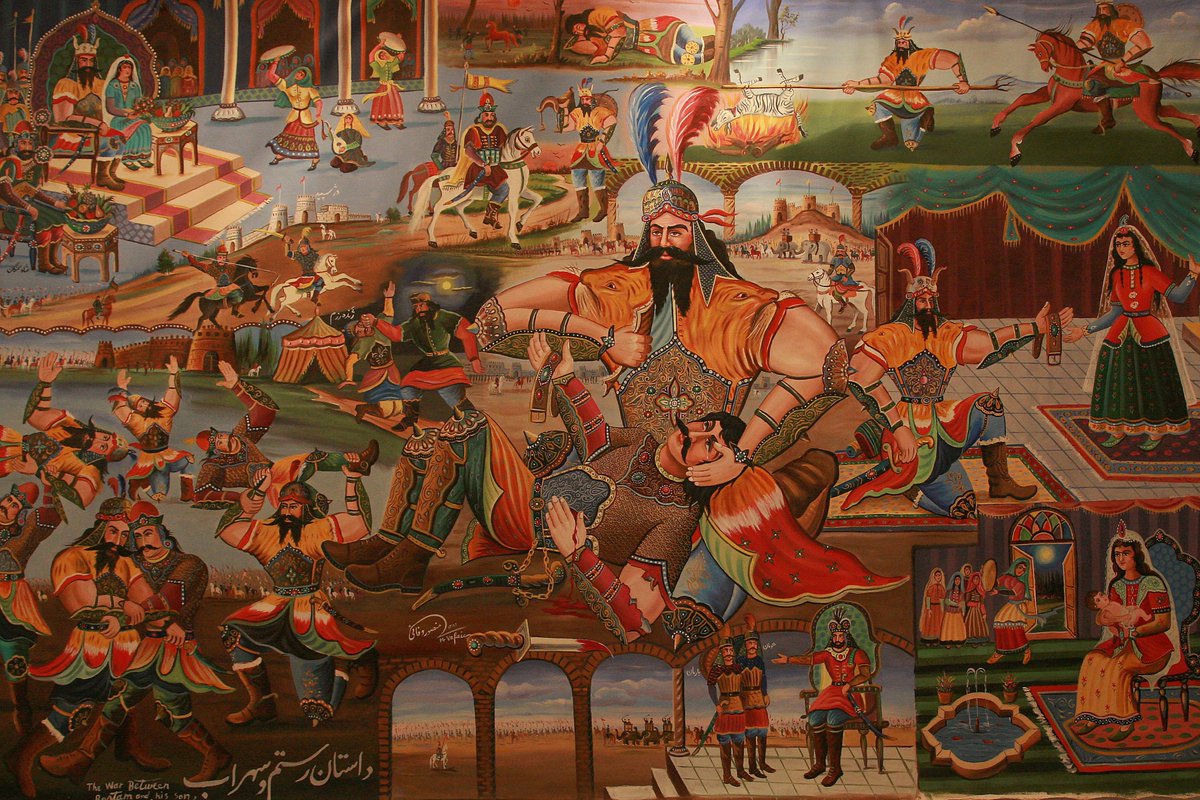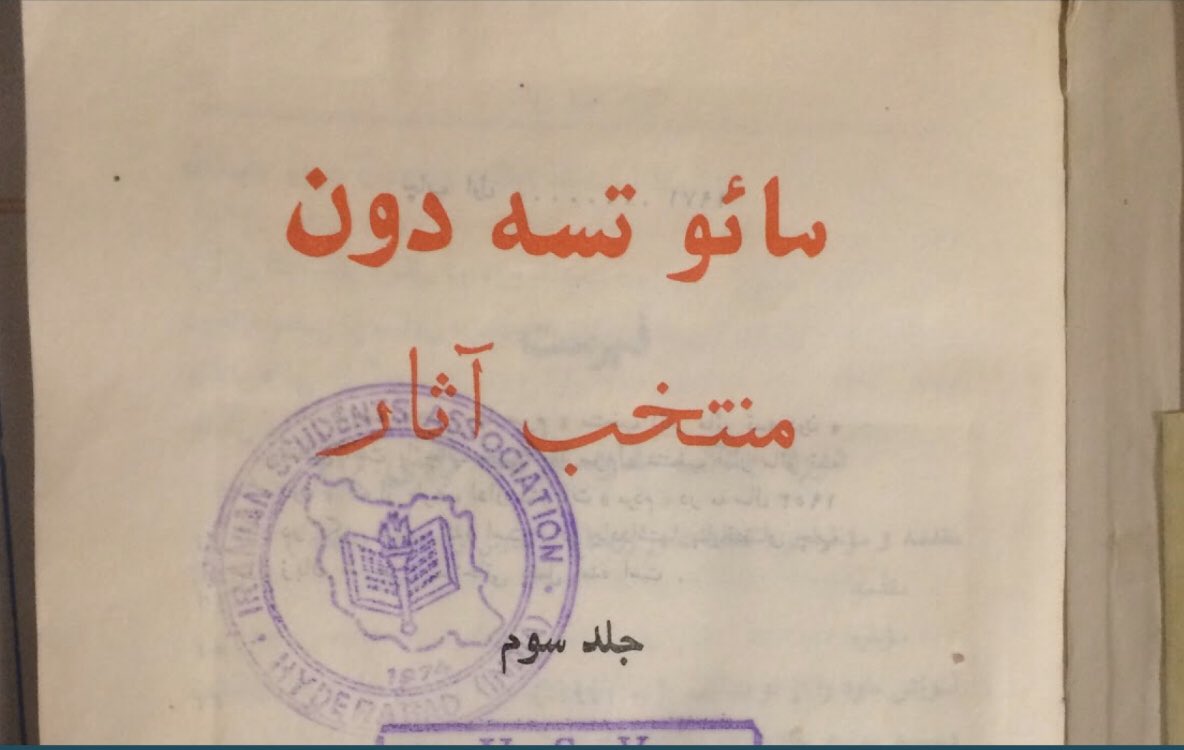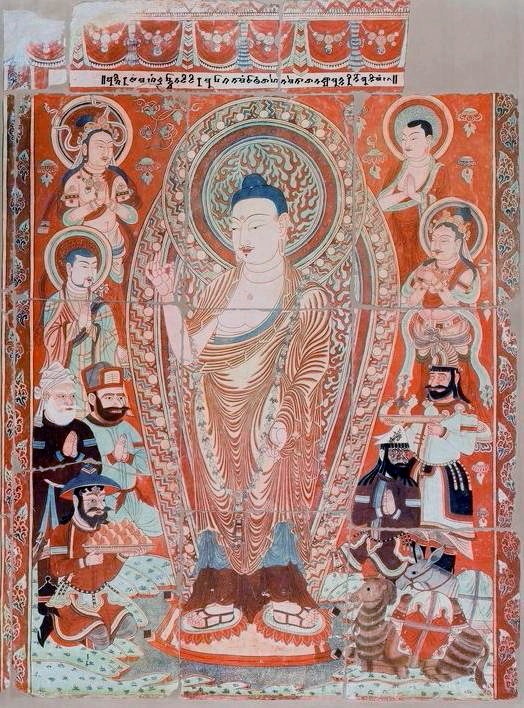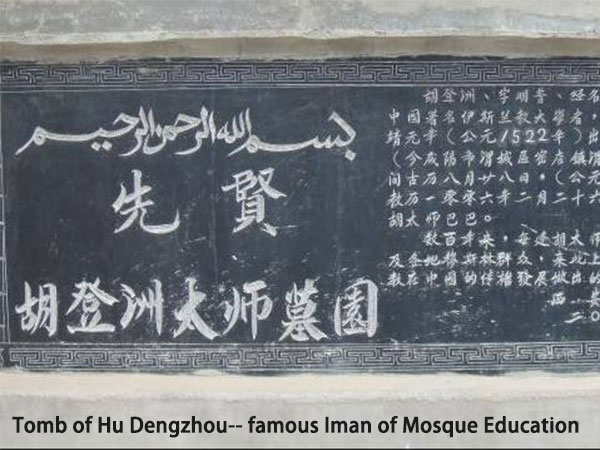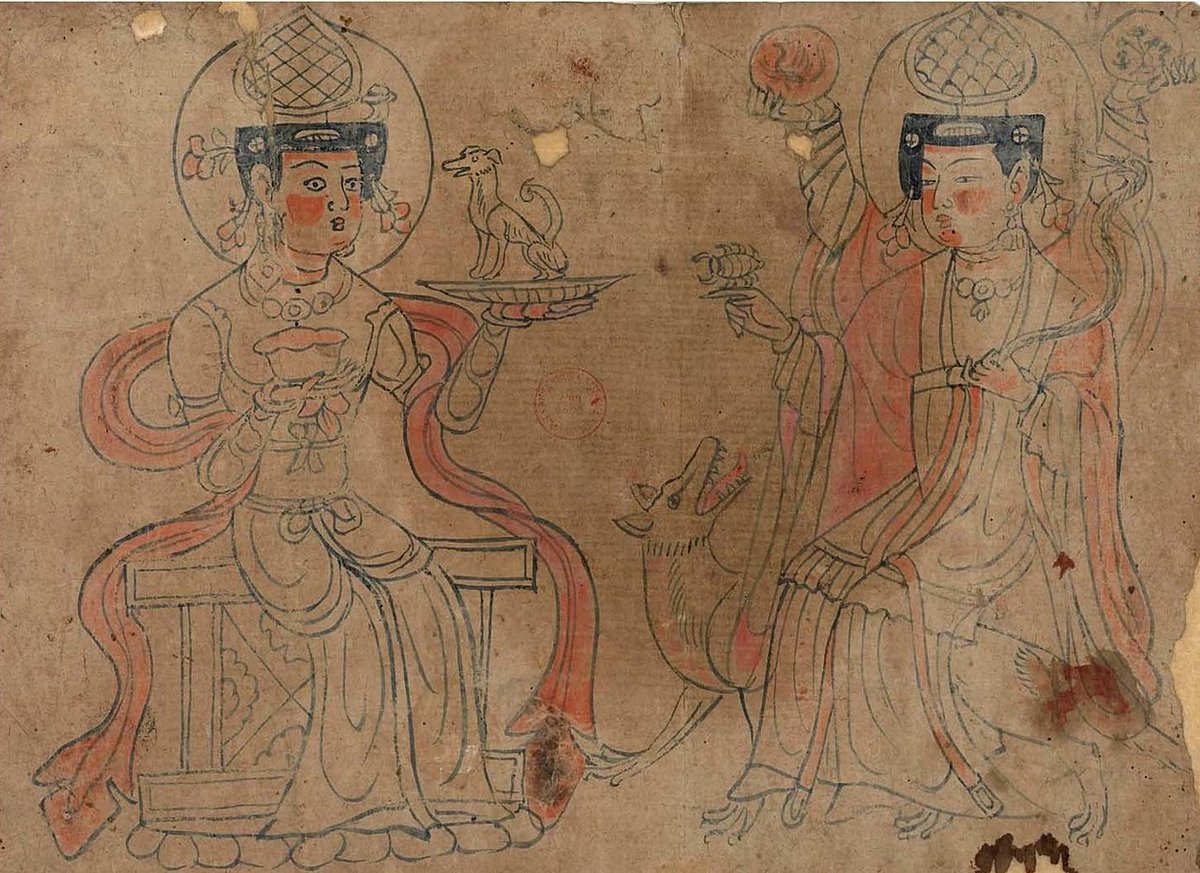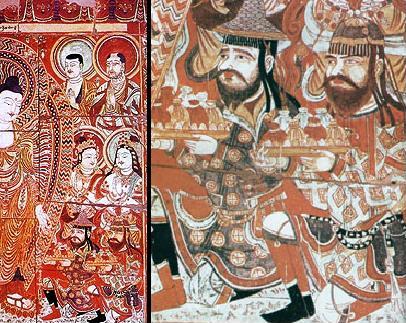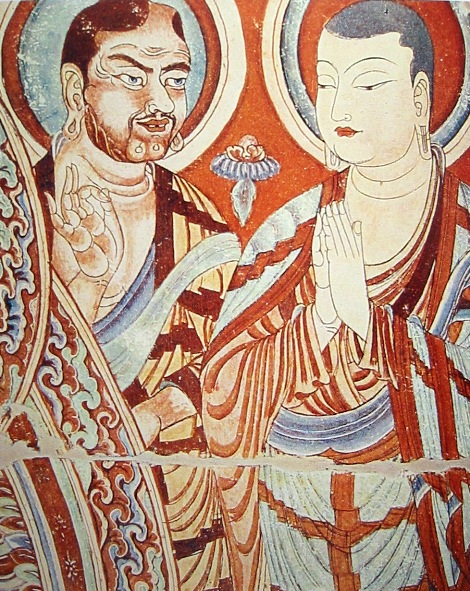
There comes a moment for every rookie researcher when, having come across new & unexpected evidence in the archives, promptly falls out of his/her chair. That moment for me came early in the work, with the story of "Freedom," of Azadi.
1/SM
#Day2
#Ruptures
#ChattingWithChatterjee
1/SM
#Day2
#Ruptures
#ChattingWithChatterjee

@Swarthy_Bastard Through the metaphor of birds the 1979 Farsi primer presents the importance of freedom & independence in a simple & accessible way for 1st Graders. If captured, birds, like humans, "do everything possible to be free again. They like freedom. Humans also like to live free."
2/SM

2/SM


@Swarthy_Bastard The story of freedom, however, takes a wild turn in 1982, as Iran's former revolutionaries realized that they must now deal with matters of state and governability. Freedom, it turns out, had limits.
3/SM
3/SM

@Swarthy_Bastard This is when I knew I had a worthy project, a story of politics to tell: "The freedom of humans is different from the freedom of birds. We cannot live however we please. We are not free to do whatever we want. We make laws so as to know how much freedom we have."
4/SM

4/SM


@Swarthy_Bastard Over in the 2nd Grade classroom, the kids were dealing with something similar...Sure, the textbooks had changed between '78 and '79, a quick cut-and-paste revision, reflecting the new political realities in Iran.
5/SM

5/SM


@Swarthy_Bastard By the very next year, the experts and planners were having second thoughts. A sleeve here, a loose headscarf there...
6/SM
#BadHijabISuppose
6/SM
#BadHijabISuppose

@Swarthy_Bastard “Welcome to Second Grade," a lesson that had featured a modestly veiled teacher happily leading from the front of her class, transformed into the austere (and vaguely terrifying) “In the Name of God the Forgiving and Kind, Welcome to Second Grade."
8/SM
#AnotherBrickInTheWall
8/SM
#AnotherBrickInTheWall

@Swarthy_Bastard “In the Name of God” appears not only in the title, but also prominently in the center of the black chalkboard. The perspective is from the back of the classroom looking forward. The composition directs all eyes, teacher, student, & reader alike, to this focal pt, to God.
9/SM
9/SM

@Swarthy_Bastard Later, she will be replaced by a male teacher. Both versions feature the same text: "When everybody was in their seats, the teacher said: 'Dear children, look carefully at the blackboard and tell me what is written upon it.'"
10/SM
10/SM

@Swarthy_Bastard "The children…together & with a loud voice answered: 'In the name of God.'
The teacher said: 'Yes…All of you know that we start all endeavors in the name of God and from Him we ask for guidance and his help.'"
11/SM
The teacher said: 'Yes…All of you know that we start all endeavors in the name of God and from Him we ask for guidance and his help.'"
11/SM

@Swarthy_Bastard By the 2000s, the lesson becomes “Our School.” Neither title nor text makes any direct invocation of God, who appears only in the background on the chalkboard. Students sit around shared tables, not nimkats, their attention focused on the teacher, each other, & their work.
12/SM
12/SM

@Swarthy_Bastard Author's note: It's now 1:30 am, the impeachment proceedings are still on, and there's a class to be taught in less than 8 hours. With your indulgence, I'll finish this thread later this morning. For now, I leave you with our beloved Nilufar. --SM 

@Swarthy_Bastard *taps mic* "Hello? Is this thing still on? Can you hear me?"
Back to work, a last example of uncertainty in Iranian textbooks following the 1979 Revolution begins at the beginning, with the 1st lesson of the 1st Grade in the 1st year of the new regime.
13/SM

Back to work, a last example of uncertainty in Iranian textbooks following the 1979 Revolution begins at the beginning, with the 1st lesson of the 1st Grade in the 1st year of the new regime.
13/SM


@Swarthy_Bastard In the 1979 1st Grade Farsi primer the Shah is dropped, the clothes are changed, the genders segregated, all to be expected. What's interesting is what's missing.
14/SM
14/SM

@Swarthy_Bastard The oversight is quickly rectified the following year, w/ the 1980 edition. Sorta. به نام خدا, "in the name of God," appears in place, above the chalkboard. The boys, replaced by girls, properly veiled. The map of Iran remains (absent in the pre-rev edition!). But Khomeini?
16/SM
16/SM

@Swarthy_Bastard Took a few years, but the 1987 authors were like, "Let me fix that for ya." The puppy is removed.*
#KeepingItKosher #NajisNotFair
*Full disclosure: I love dogs.
18/SM
#KeepingItKosher #NajisNotFair
*Full disclosure: I love dogs.
18/SM

@Swarthy_Bastard But it's in 1988 that things really come together. The founder of the Islamic Republic of Iran, Sayyid Ruhollah Musavi Khomeini, finally appears in the lesson, taking place of honor at the top and the front of the classroom.
19/SM
19/SM

@Swarthy_Bastard The next year, 1989, the year of Khomeini's death, the imam is joined by a friend.
20/SM
#MaxWeber #BottlingTheMagic #NeverQuiteTheSameTheNextTimeAround
20/SM
#MaxWeber #BottlingTheMagic #NeverQuiteTheSameTheNextTimeAround
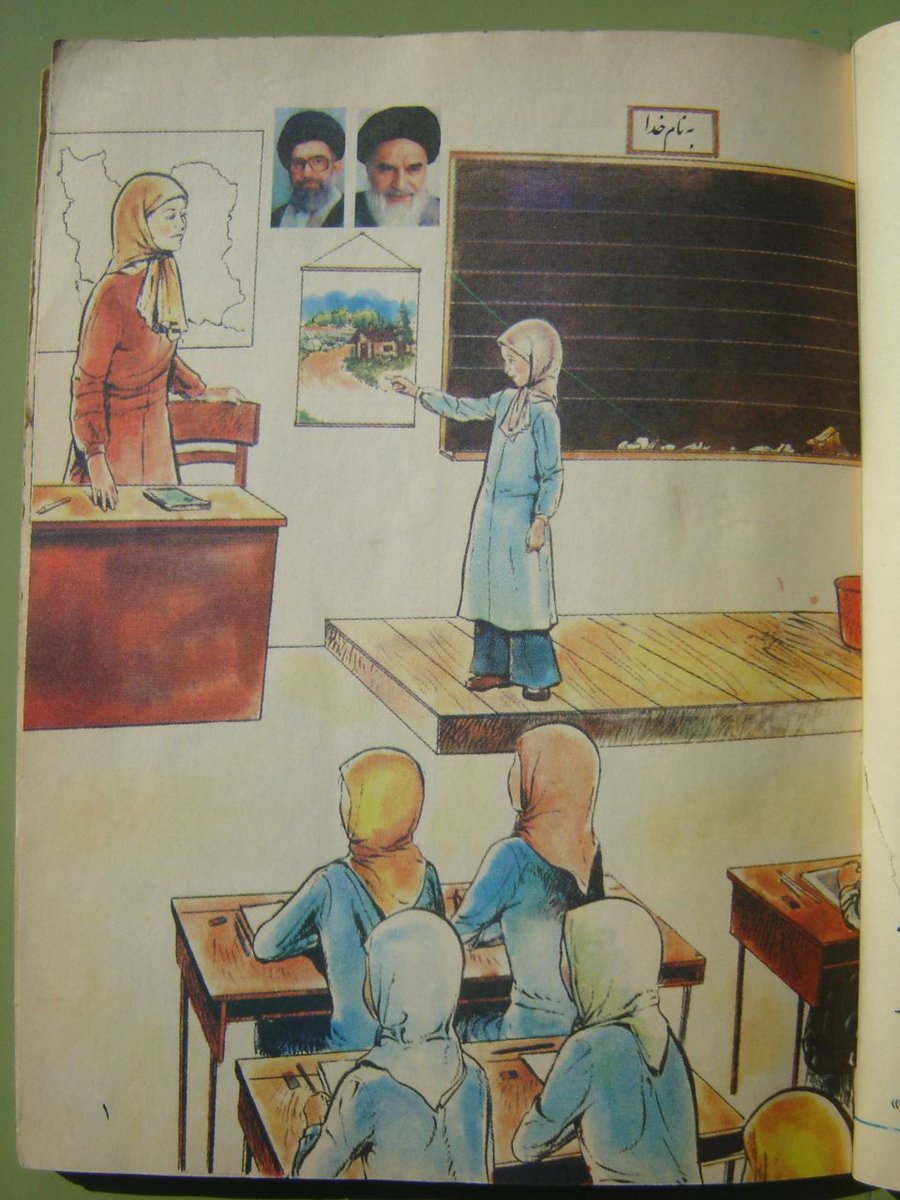
@Swarthy_Bastard By the time I was doing my fieldwork, 2006-2009, the first lesson of the First Grade had changed dramatically.
21/SM
21/SM

@Swarthy_Bastard What does it all mean? What's the "So what?" (Full disclosure, here comes the Professor part of the thread. Proceed with caution.)
22/SM


22/SM



@Swarthy_Bastard One takeaway is that history matters, but not in the way that we usually think. Ruptures occur *within and across* openly ideological curricula, *because of* not in spite of the "unhidden curricula." Texts geared towards political purpose tend to become, well, politicized!
23/SM

23/SM


@Swarthy_Bastard Only by patiently excavating content *over time* can these ruptures be adequately mapped and understood (also, it's super interesting!).
24/SM
24/SM

@Swarthy_Bastard Paraphrasing Sam Kaplan, schools in Iran aim to induce consent to a dominant political order, but that consensus is never fully realized. Rather, the push for consensus generates a gamut of contradictory and equivocal ideas among political elites and the public alike.
25/SM

25/SM


@Swarthy_Bastard Dramatic change occurs post-'79, no doubt. That’s the sexy story! The better story, the more compelling claim, I think, are the numerous ruptures that occur *within* the current era, under the authority and governance of the Islamic Republic...
26/SM
26/SM

@Swarthy_Bastard (Nearly done) The second takeaway is that the spiritual or "inner" domain described by #Chatterjee is a starting pt for further research, not a final destination. The imagined continuity of our "authentic selves" & the "immemorial nation" is but another realm for politics...27/SM 

@Swarthy_Bastard This perspective will inform our thread later today as we turn to the presence, prevalence, and persistence of Iraniyat or "Iranianess" in the curricula of the Pahlavi *and* IRI states.
See you soon!
28/Fin
#HistoryOfIran
Signing off, @Swarthy_Bastard
See you soon!
28/Fin
#HistoryOfIran
Signing off, @Swarthy_Bastard

• • •
Missing some Tweet in this thread? You can try to
force a refresh







